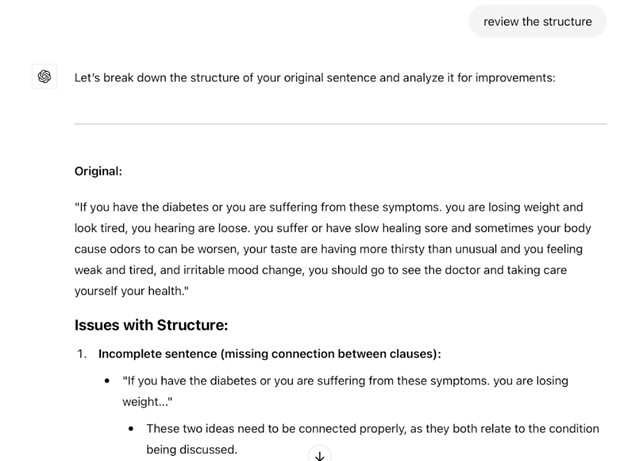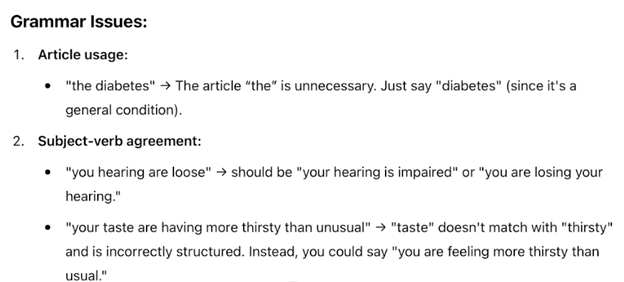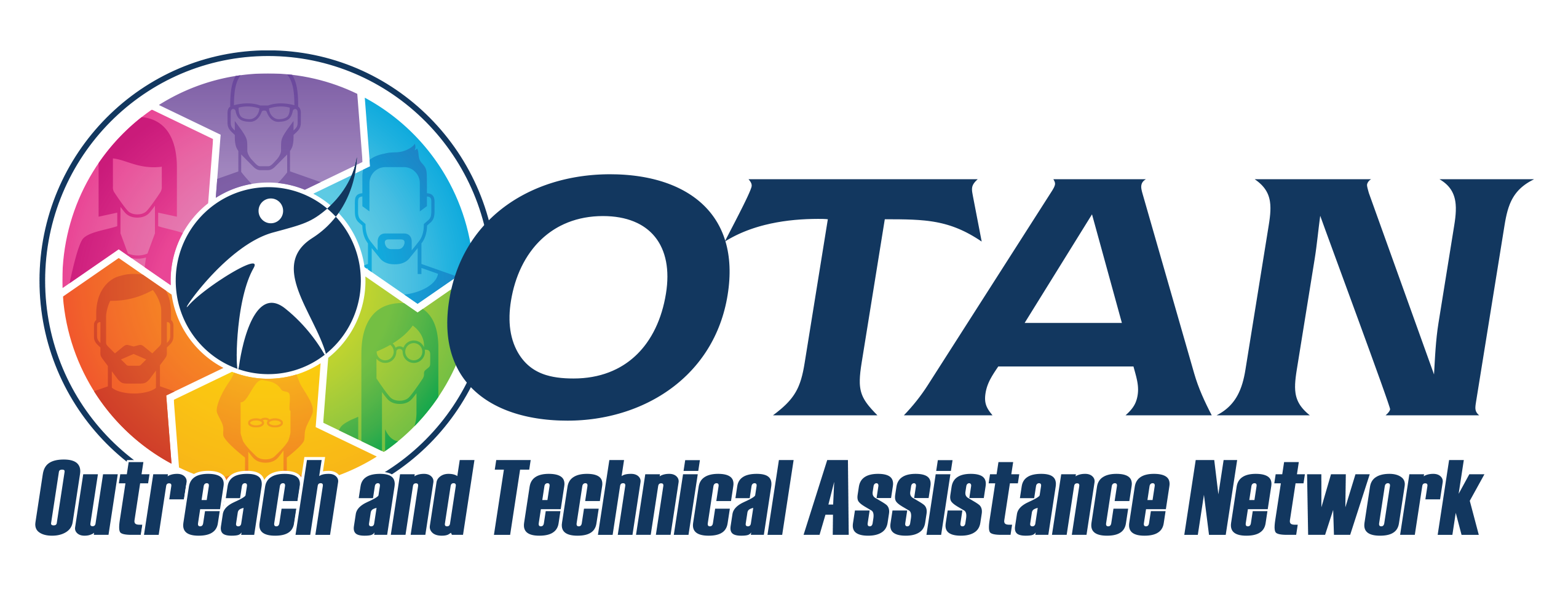AI in the AE class, Oh mAI!
by Francisco Xavier Pinedo, Jr. OTAN Subject Matter Expert
While traditional digital tools have been valuable resources for adult education students pursuing ESL, HSD, or HSE goals, the integration of artificial intelligence (AI) represents a shift in educational support. Today, AI permeates our daily lives- from streaming recommendations to navigation apps and virtual assistants that often operate invisibly in the background. As these technologies increasingly appear in the apps and websites our adult learners use regularly, we must teach students about technological realities of AI. Educators should teach students the technical and ethical knowledge to leverage AI tools appropriately and responsibly to accelerate their academic progress. While, at the same time, developing critical digital literacy skills which are essential for success in today’s technology-driven world.
I always start by saying, “AI is a tool! Repeat after me, AI is a tool, AI is a tool.” I engrave that to my students and colleagues when facilitating training across the state. That tool is useless, unless the person knows how to use it correctly. I strive to teach my students and staff how to use AI as a tool to help them construct their pathway of success.
I know there are many AI tools (www.ditchthattextbook.com/ai-tools/ is a great resource that guides you to free and paid AI sites) you have to first check what AI site is allowed to be used at your site (or server). For example, in my district, we are a GAFE (Google Apps For Educators) site but Gemini AI is disabled (ironic isn't it) but ChatGPT is accessible. Just recently, claude.ai was also permitted for use on our server.
At my agency, we started to use AI for our ESL programs. We noticed a trend after COVID, that student writing skills decreased. We noticed that AI serves as an equalizer because it meets the student where they are in their writing abilities. The student feels that their work is valid since AI validates what they write and then suggests some changes to improve their writing. Initially, we used AI to check the student work. This worked well. Soon after, we began using AI in our HSE program to help students practice for the writing portion of the HiSet. This tool, AI worked well for English and Spanish essays and gave good revisions. The problem was, it gave revisions, but students did not understand they why, of the revision. After reading the book, “The AI Infused Classroom” by Holly Clark, I learned that using the correct prompts can achieve two key objectives: first, they not only revise student work, but also guides the learner in identifying mistakes in their text. Additionally, these prompts provide examples of how to correct those mistakes using the learners’ own work, thereby validating their work. On page 3 Holly Clark suggests 10 prompts. These prompts are:
- Provide feedback on this writing using strengths and weaknesses
- Review the structure of this writing on___(topic)___
- Check the grammar and punctuation
- Improve the clarity and coherence of this writing
- Give feedback on the ideas and content
- Suggest better word choice
- Review the tone and style
- Check format and citations
- Evaluate my thesis statement and argument in this essay
- Give three ways I can improve this writing
Obviously, for beginning ESL learners, these prompts might be too overwhelming, so we narrow it down to check for grammar, check for structure, and give three ways to improve this writing.
One of the findings was that students learned that AI is not just a basic translating or word processor as they first thought. Students learned and realized that AI is like their own personal writing tutor. At the beginning of 2022-23 school year, students felt that AI was like a search engine. Soon after, they realized that AI is no search engine, but a powerhouse that supports their writing skills.
I know there are many questions regarding if using AI is cheating. We strive to teach our students to be ethical when producing something in print or digital. For the writing process, students do need to produce their own text in draft 1. After students write draft 1 in class, the student then has their work peer reviewed and there is usually a rubric they use to check each other's work. After Draft 1 is peer reviewed, students write draft 2 that incorporates suggestions for improvements from their peer(s). The student then writes draft 3 in AI and uses selected command prompts listed above. After the student writes the final draft using their work done in drafts 1 and 2 and incorporating what ChatGPT suggests. The final product is a combined effort of student created, and AI assisted writing.
We understand that at home, students won’t have the peer reviewed process, but they now know how to use AI to assist in their writing. Below you will see an example of a student who created draft 3 in Chat GPT after doing drafts 1 and 2.


In the example above you can see how ChatGPT uses the student's original work and suggests ways to fix grammar and structure problems within the text. AI serves as a powerful tool which empowers our adult learners to become more independent and confident in their writing abilities. Beyond the classroom, students have successfully applied these skills in real life contexts like enhancing their job application, writing professional emails to supervisors, and communicating more effectively in workplace settings. When properly integrated into instruction and used ethically, AI doesn’t replace critical thinking skills but rather amplifies student’s existing capabilities. As educators, our mission continues: guiding students to harness these technologies responsibly while developing the digital literacy skills needed to be successful in today’s AI-integrated world.

